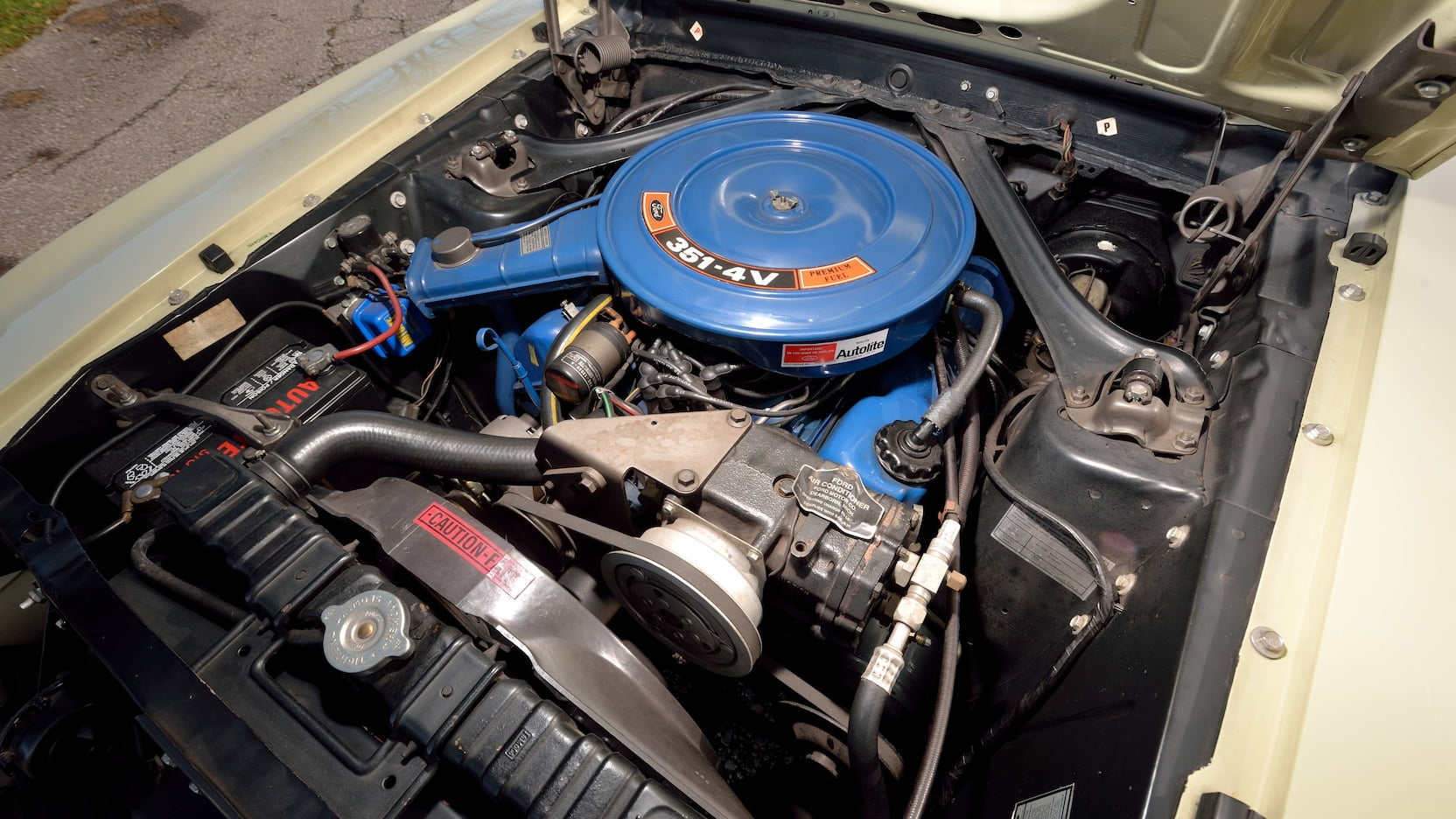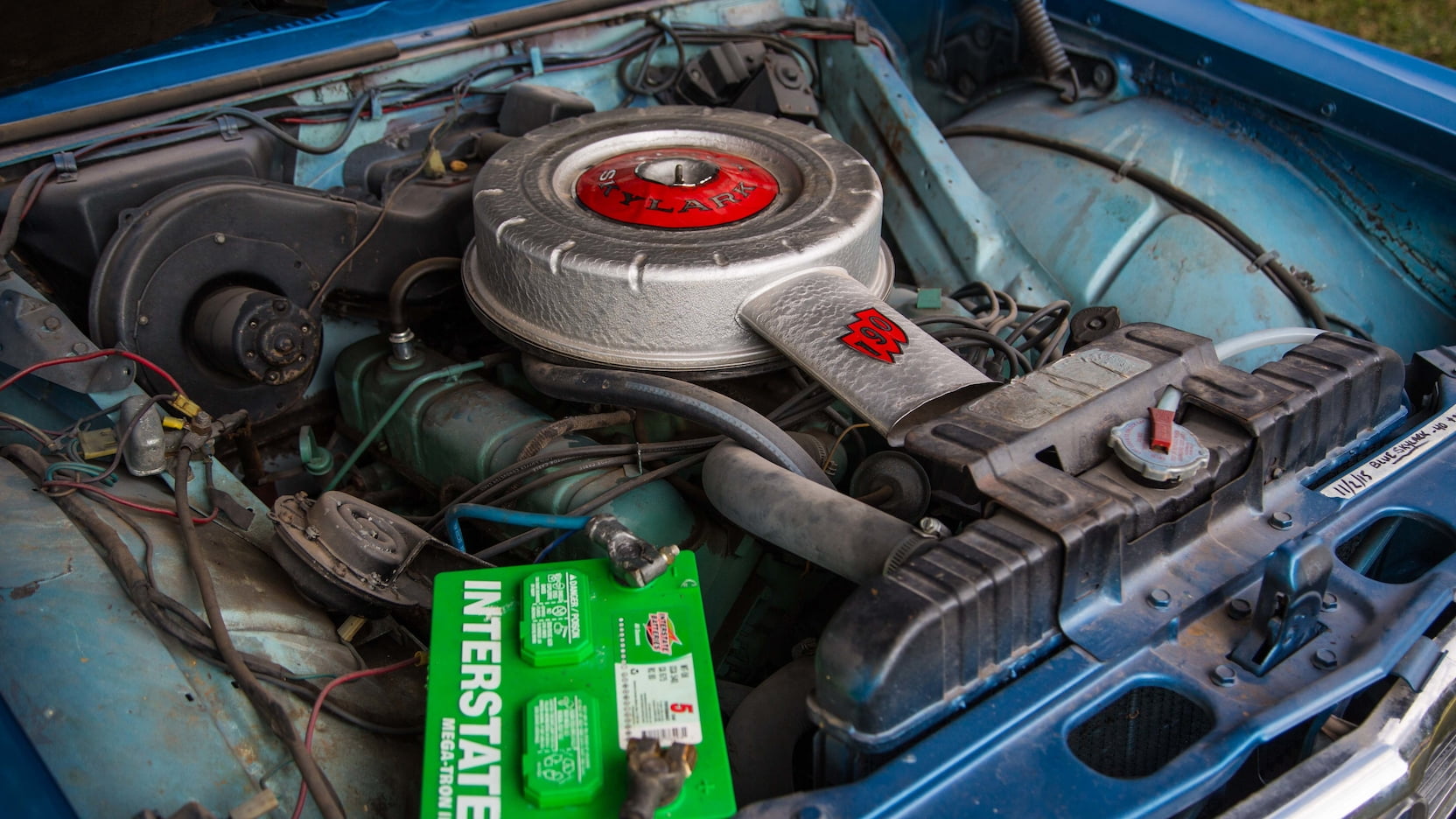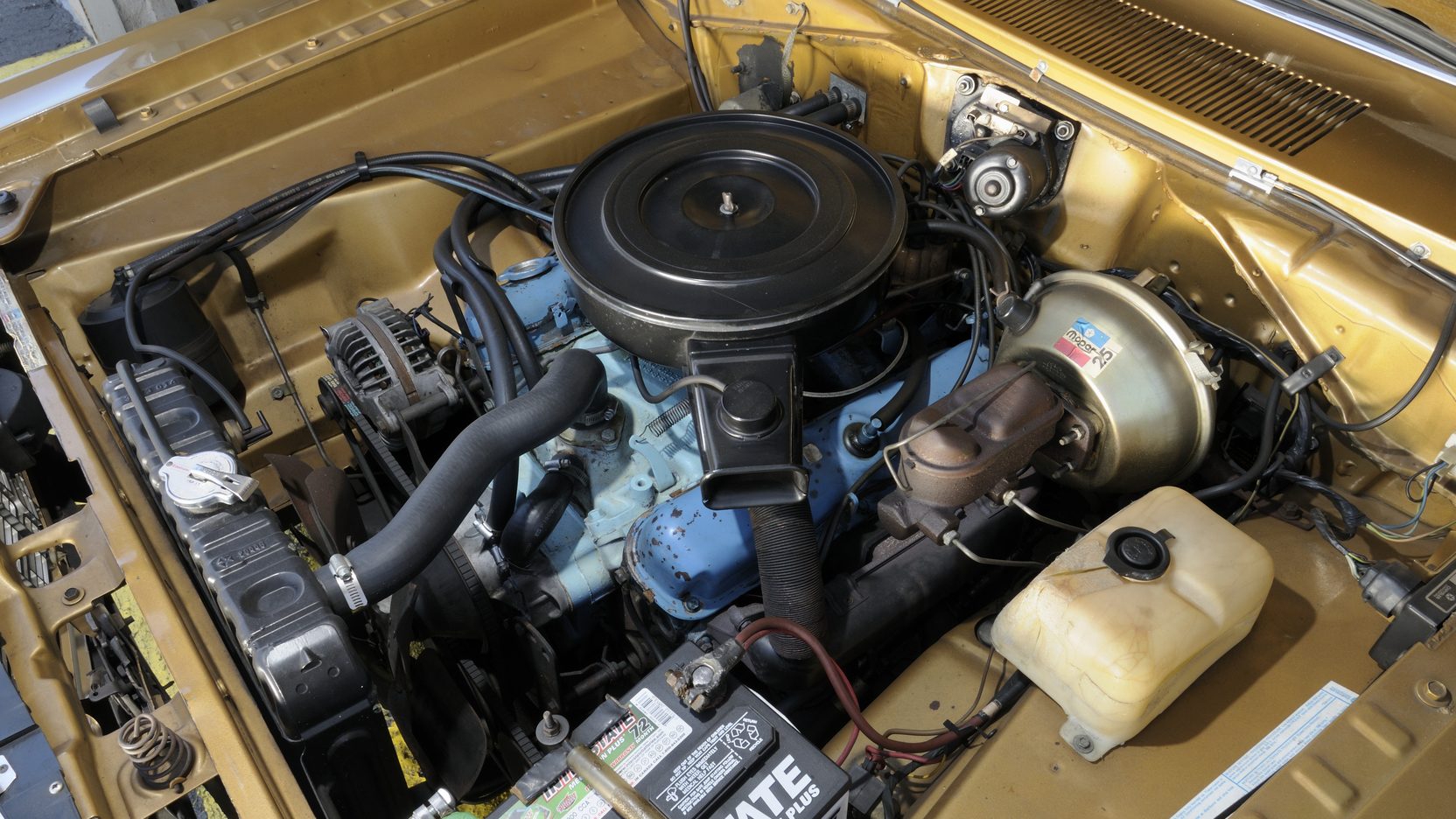Media | Articles
The 6 most underappreciated V-8 engines, according to you
We put out the call to the Hagerty Forums last week for readers to weigh on the most underappreciated V-8 engines. From the hundreds of responses, we pulled the six workhorse and performance powerplants that rose to the top of the conversation.
Ford 351 Cleveland

The 351 Windsor’s introduction in 1969 filled a hole in Ford’s V-8 lineup, spanning the gap between the 302 and the 390. Then in 1970 came the 351 Cleveland, named for Ford’s second engine plant in Ohio. The new design shared little with the Windsor, and was computer crafted to be a lower and wider cylinder block compared to its Windsor sibling. This created muddy waters when it came to parts swapping and compatibility questions, but the Cleveland made power. It eventually became the base for a Cobra Jet and Boss version, two of the highest honors Ford can bestow on an engine platform—sadly this was 1971 and ’72 when the power was waning from muscle cars.
Marketplace
Buy and sell classics with confidence
Buick 215

Best known in the U.K., the small all-aluminum engine started life under the hood of Buick models in 1961. While small compared to standard 283 Chevy and 289 Ford (which arrived in 1963, right as the 215 was fading from use), this GM design was packed full of technology. It brought turbocharging to the masses, and stands as the only American engine design to win a Formula 1 title. It was not long for the U.S. market, but lived a second life after GM sold the plans to Rover, who stuffed the tight package into anything they could and used it well into the 21st century.
Mopar 318

Mopar is best known for its big-block power—440 six-packs and Hemis. Because of that, the LA-series of engines sneaks in under the radar. A smaller, lighter, but no less efficient package, the 318 and its kin are plenty capable performers. The 318 also wears like an anvil, taking a beating but still running every time you turn the key. From the factory the engine left a bit to be desired for many owners, but with a rebuild and some carefully selected upgrades could propel a muscle car quite handily.
Chevrolet LT1

Three generations of LT1 engines exist, with significant breaks between production runs. The one called out by the forums was the 1992-97 version, which was commonly found in the C4 Corvette, fourth-generation Chevy Camaro and Pontiac Firebird, and a smattering of B-body bruisers. The design centered around a cast iron block, with heads that were either aluminum or cast iron depending on the application. The cylinder heads were cooled first in what is commonly referred to as reverse-flow cooling. This kept combustion temps in check, allowing more compression than previous small-block engine designs and some pretty impressive power output for the era.
Ford Y-block

Let’s start with what the Y-block isn’t. It’s not a high-performance, fire-breathing, street/strip monster. It is a stodgy cast-iron V-8 with strange, stacked intake ports that FoMoCo put into production as a workhorse powerplant. With its introduction in 1954, the Y-block was a long-awaited successor to the flathead of 1932. The displacement started at 239 cubes, but the design quickly scaled all the way to 312 by 1956. Now capable of over 600 horsepower when specially prepared with modern cast aluminum cylinder heads, this engine is a staple of the early Thunderbird where peak output was not the goal, but they were reliable and package well in the smaller engine compartment. They also look pretty good in our opinion.
Daimler 2.5-liter Hemi

Likely the weirdest engine on this list, the relatively tiny Daimler V-8 featured hemispherical combustion chambers. This design was made famous by the 426 elephant engines of the muscle car era. This 2.5-liter (150 cubic-inch) little guy wasn’t a ground pounder like those monsters and instead found its home in the Daimler SP250 in 1959. When Jaguar took over Daimler in 1961, the V-8 moved home to a re-badged Jaguar Mk. II Sport Sedan. Though Hemis are known for their massive size and weight, this scaled down version actually saved 110 pounds compared to the Jaguar straight-six it was running against and went on to be used in one of Britain’s scrappiest dragsters.

